How To Reduce Sewing Machine Vibration: 2024 Complete Guide
Are you tired of your sewing machine vibrating every time you use it?
If so, you’re not alone. Many sewing machine users find that their machines tend to vibrate quite a bit, making it difficult to sew evenly.
Fortunately, there are a few things you can do to reduce the amount of vibration your machine produces.
In this blog post, we’ll share some tips on how to reduce sewing machine vibration so you can get back to enjoying your sewing projects.
Why Is Reducing Sewing Machine Vibration Important?
Reducing vibration from your sewing machine can help extend its life and improve the quality of your stitches.
When a sewing machine is not properly maintained, the internal parts can become loose and cause the machine to vibrate.
This can damage the motor and other delicate parts, as well as cause skipped stitches and poor stitch quality.
What Are Some Common Causes Of Sewing Machine Vibration?
Sewing machine vibration can usually be traced to one of four areas: the needle, the hook assembly, the machine head, or the power source. Let’s look at each of these in more detail.
Needle: If the needle is bent or dull, it can cause your sewing machine to vibrate. Always use a sharp, new needle when starting a sewing project.
Hook assembly: The hook assembly is what rotates the needle in and out of the fabric. If this assembly is loose or damaged, it can cause your sewing machine to vibrate.
Machine head: The machine head is what holds all of the other moving parts of the sewing machine in place. If this head is loose or damaged, it can cause your sewing machine to vibrate.
Power source: If you are using an electric sewing machine, make sure that the power cord is securely plugged into both the machine and the outlet. If you are using a battery-operated sewing machine, make sure that the batteries are fresh and properly installed.
How To Reduce Sewing Machine Vibration?
As a user, I have observed that some components of the machine can create unpleasant noise or vibration, especially when the machine is set to high speed. Through my investigation, I discovered some causes and solutions for this problem.
Use Sound Reducing Material
My mother would control the machine’s vibration and movement by holding a towel or folded cloth underneath it. If you use the machine on top of a table, you will be blessed with its echoed, vibrating effect.
Just like my mom always says, you can reduce the noise by 30% if you follow her policy. Here, the towel will help to absorb some of the shocks. You could also try using sound-deadening foam, which is designed for soundproofing cars.
However, you would need to resize it so that it fits your table size. It absorbs produced vibration of the machine very well suction cup may be of great use too and already has a sized opening that should fit most sewing machines.
Control Speed for Sewing
If you sew quickly, the noise level is significantly higher. You can control the speed of your sewing machine with a foot pedal or speed control sliders.
The former may be bothersome because it’s difficult to maintain consistent pressure on it. If you don’t, then you’ll end up pressing down on it at full speed.
Creating a noisy environment is not only uncomfortable but it can also be avoided. Many machines now come with a speed slider that allows you to preset the speed. This way, you can sew without having to worry about vibrations or noise from the machine.
To prevent injury, small switches on machines with foot pedals should not be used.: This switch is used for beginners and puts the machine into an automatic slow mode (which helps beginners) if enabled. Disable the mode to prevent horrible noises.
Sewing Machine Position
The size of your table and machine should be in proportion so that the majority of the weight from the machine is over one of the table legs.
This will stabilize your machine while you are using it, preventing any rocking, vibrating, or excess noise.
Use Thick Sewing Table Board
Now imagine you are sewing. If you keep the machine directly on the floor or a thin table what happens then?
Your machine vibrates excessively. But if you place the same machine on a thick sewing table atop a soundproof mat, your experience will be poles apart because thicker and denser objects have better sound absorption qualities.
Remember to place your machine on a level, smooth surface to avoid any imbalanced noise.
Lubricating Sewing Machine
Regular lubrication is necessary for a well-functioning machine. The oil minimizes friction between moving parts of machines and consequently prevents early wear and decreases all internal noises.
Invest a few dollars in purchasing the correct sewing machine oil. Otherwise, be prepared to spend more on replacing the entire machine. However, don’t create a new problem by over-lubricating your machine.
Change Needle
If you’re eagerly waiting for your dress to be sewn and it suddenly starts making a loud noise, of course, you won’t be in a good mood.
Check the needle to see if it has become blunt. When needles can’t pierce fabrics easily, they tend to make unusual sounds. So changing the needle is a must in this case.
Related Article: How To Change A Sewing Machine Needle In 58 Seconds
Clean Your Sewing Machine
Cleanliness is important for your machine’s longevity and optimal performance. Neglecting to clean your machine will deposit dirt, dust, and lint which will hinder the machine’s function as well as make it noisy.
To clean your machine properly use a brush designed specifically for sewing machines.
There are many ways to clean your sewing machine, but one method is by using a duster or microfiber cloth.
Another way is by removing the bobbin and cleaning under the needle plate. Your manual will likely have more tips on how to remove dust and dirt from hard-to-reach areas.
Determining the Reasons for Noise
As the saying goes, if you find the root of the problem, you’re halfway to fixing it. The solution varies depending on the cause.
If your sewing machine is vibrating and producing noise, there are several possible reasons.
To reduce or eliminate the issue, carefully examine your machine in various states to pinpoint where exactly the problem lies.
- The mode being turned off will now help to identify any conspicuous issues, despite the machine no longer being in use.
- Use working mode at a slow pace to detect overstressed areas of the machine, particularly gears.
- I work better when I stay up-to-date on current events, but if I spend more than a minute or two at a time reading the news, it starts to wear on me.
- After using a machine, it is easier to find faults that were previously missed or to confirm your suspicions.
Regular and Thorough Maintenance
If you use your machine excessively, it will become dysfunctional and noisy. To prevent this, regularly maintain your machine.
This will not only improve its lifespan but also fix the problem of vibration. Use the steps below:
- Separate the components of the machine.
- Keep them free of dust.
- Lubricate the parts
- To discover if there are any fractures or misalignments.
- You should replace parts only when it is required.
- With great care, slowly reassemble them.
Tips For Reducing Sewing Machine Vibration?
Sewing machines can vibrate for a number of reasons. The most common cause of sewing machine vibration is an unbalanced bobbin.
An unbalanced bobbin can cause the needle to vibrate, making it difficult to sew a straight seam.
There are a few things you can do to reduce sewing machine vibration:
- Make sure your bobbin is balanced. A good way to test this is to hold the bobbin in your hand and see if it wobbles. If it does, you’ll need to adjust the tension.
- Use a heavier thread for your project. Heavier threads are less likely to vibrate than lighter threads.
- Choose a thicker fabric for your project. Thicker fabrics are less likely to vibrate than thinner fabrics.
Related Article: How To Fix Bobbin Case In Sewing Machine
How Can You Prevent Sewing Machine Vibration?
There are a few things you can do to reduce sewing machine vibration.
First, make sure that your sewing machine is properly installed. Loose connections can cause the machine to vibrate.
Second, use a heavier needle plate when possible. This will help to absorb some of the vibrations.
Third, use a thicker thread. This will also help to reduce vibration.
Finally, make sure that your sewing area is well-ventilated and free from drafts. This will help to keep the sewing machine from vibrating due to air movement.
What Are Some Common Sewing Machine Vibration Problems?
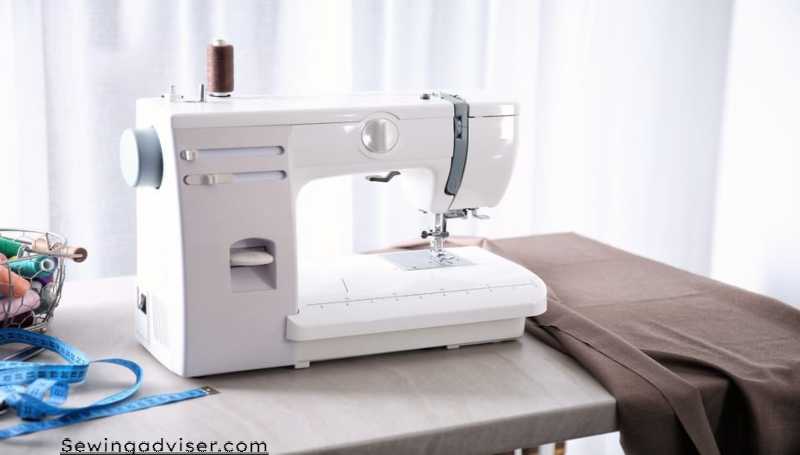
Sewing machine vibration can be caused by a number of different factors. In some cases, it may simply be due to the fact that the sewing machine is not properly balanced.
Other times, it could be caused by a loose screw or bolt. If you notice that your sewing machine is starting to vibrate more than usual, there are a few things you can do to try to reduce the amount of vibration.
First, check to see if the sewing machine is properly balanced. If it is not, you may need to adjust the position of the needle or the presser foot. You can also try moving the machine to a different location on your work surface.
If the problem persists, check for loose screws or bolts. Tighten any loose screws, and if necessary, replace any missing bolts. You should also make sure that the sewing machine is level. An uneven sewing machine can cause vibration problems.
If none of these solutions work, you may need to take your sewing machine to a qualified repair person for further diagnosis and repairs.
How Can You Troubleshoot Sewing Machine Vibration Problems?
If your sewing machine is vibrating, it could be due to a number of different issues. In most cases, the problem can be resolved without professional help.
First, check to see if the needle is installed properly. If the needle is not inserted all the way or is bent, it can cause the machine to vibrate. Also, make sure that the presser foot is tightened securely.
If the needle and presser foot is properly installed, then the problem could be with the bobbin case.
If the bobbin case is not seated correctly in the machine, it can cause vibration. Another possibility is that the feed dogs are dirty or not functioning correctly. Cleaning or replacing the feed dogs should solve this problem.
Another common cause of sewing machine vibration is an unbalanced wheel. If one of the wheels on your machine is not level with the others, it can cause vibration.
To fix this, simply adjust the legs of your sewing machine until all four wheels are level with each other.
Finally, if your sewing machine continues to vibrate after you have troubleshot all of these other possible causes, it may be time to take it to a professional for repairs.
How Can You Fix Sewing Machine Vibration Problems?
Sewing machine vibration can be a serious problem, causing everything from poor stitch quality to premature wear and tear on your machine.
In some cases, it can even be dangerous, leading to injuries if the sewing machine is not properly secured.
Fortunately, there are a few things you can do to reduce or eliminate sewing machine vibration. The first step is to identify the source of the problem. Once you know what’s causing the vibration, you can take steps to address the issue.
One of the most common causes of sewing machine vibration is an unbalanced wheel. If one of the wheels on your sewing machine is not properly balanced, it will cause the entire machine to vibrate.
You can check for an unbalanced wheel by lifting the sewing machine off its stand and spinning the wheel by hand.
If it wobbles or vibrates excessively, it’s probably unbalanced and should be replaced.
Another common cause of sewing machine vibration is a loose screw or bolt. Over time, screws and bolts can work themselves loose, causing the parts they’re holding together to vibrate.
Inspect all of the screws and bolts on your sewing machine periodically, and tighten any that are loose.
If your sewing machine is still vibrating after you’ve checked for an unbalanced wheel and tightened all of the screws and bolts, it’s probably due to a worn bearings problem.
The bearings in a sewing machine help keep the moving parts aligned properly; if they’re worn out, those parts will start to rub against each other, causing vibration.
You’ll need to have a qualified technician replace the bearings in order to fix this problem.
Conclusion: How To Reduce Sewing Machine Vibration
Although it may be frustrating, the sound of sewing machines is actually a very common phenomenon. There are some tricks that can help to reduce the noise, but unfortunately, there is no guaranteed way to eliminate the problem entirely. The only way to guarantee a soundless or vibration-free experience is by getting a modern machine.
Before then, you must take care of it by maintaining and lubricating it regularly, using a table and sound-deadening pad, choosing the correct needle size, etc. Do whatever you do with sincerity and experience a significant difference. If the tricks fail to solve the problem go for expert advice or replacement under warranty if possible.”
Also, Visit My Website for More Sewing Solutions
FAQs: How To Reduce Sewing Machine Vibration
Why is my Sewing Machine Shaking?
Sewing machines can shake for several reasons, including unbalanced machine parts, incorrect needle and thread, and improper machine placement.
Why is it important to use the right fabric and needle?
Using the right fabric and needle can improve your sewing experience by reducing the likelihood of machine vibration, broken needles, and skipped stitches.
How often should I clean and oil my sewing machine?
It’s recommended to clean and oil your sewing machine after every 8-10 hours of use.
Are vibration dampening pads necessary?
Vibration dampening pads are not necessary, but they can help reduce vibration and provide a more comfortable workout experience.
Can I reduce vibration by adjusting the speed?
Yes, reducing the speed of the machine can reduce vibration. Start with a low speed and gradually increase it until you find a comfortable level.
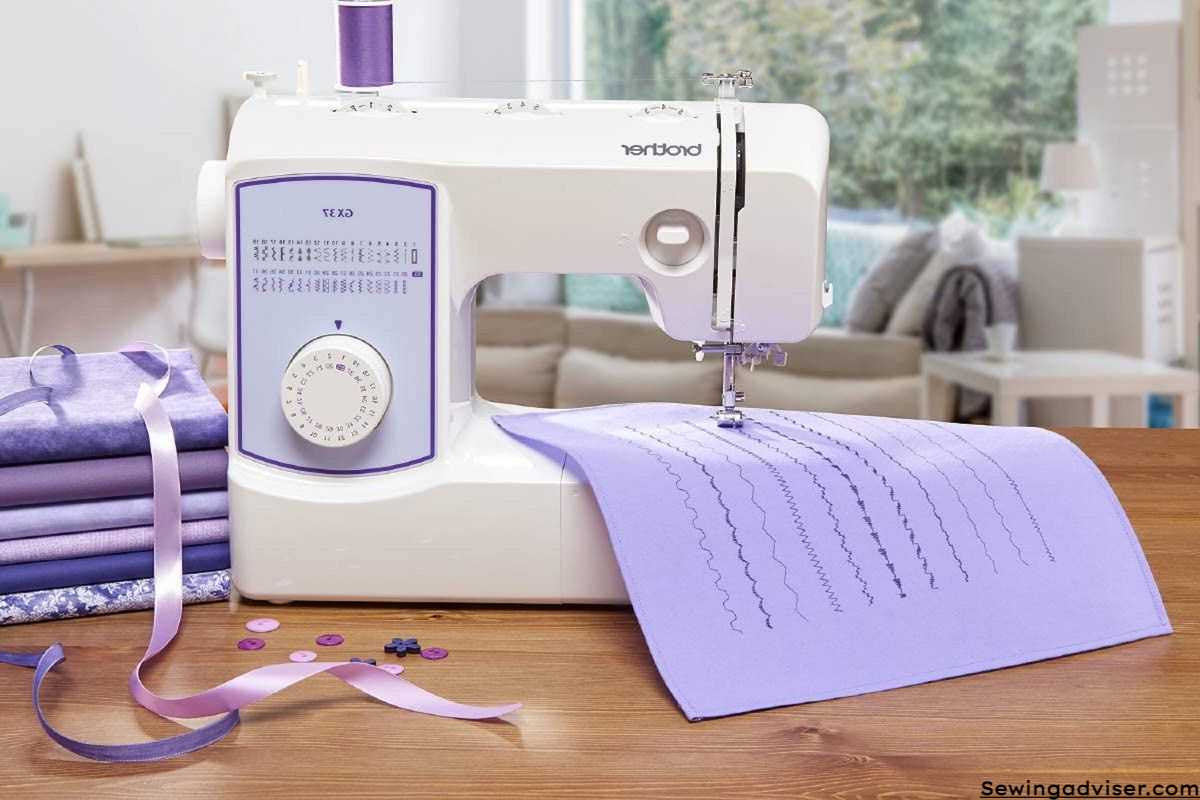
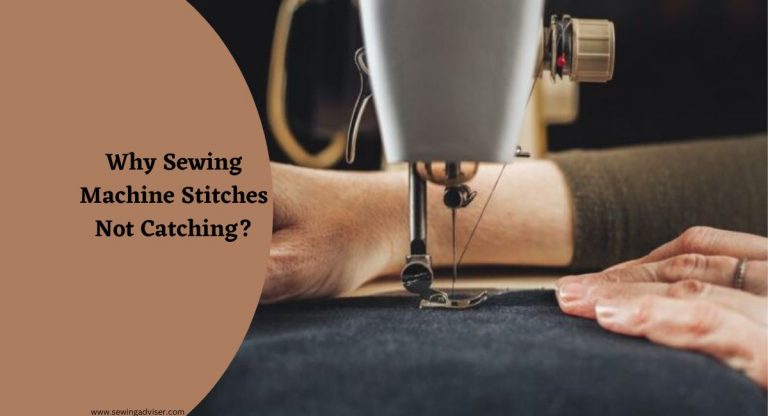
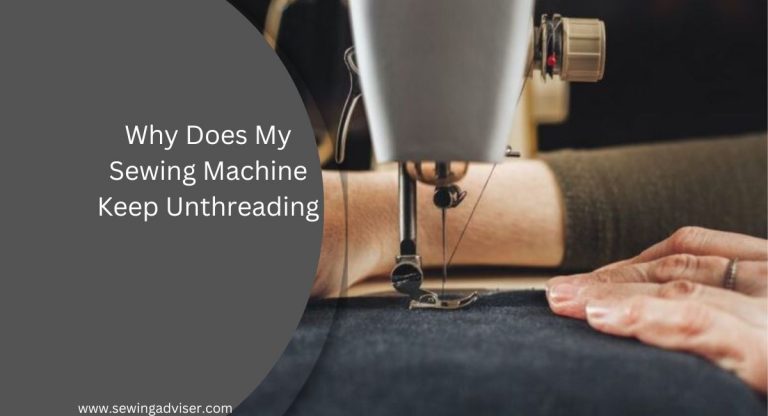
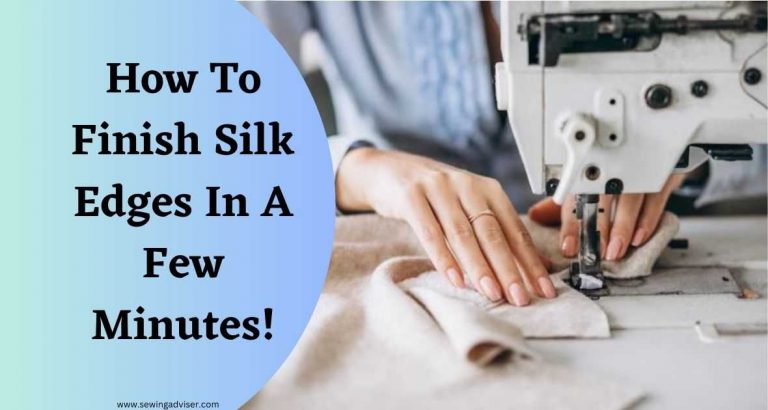
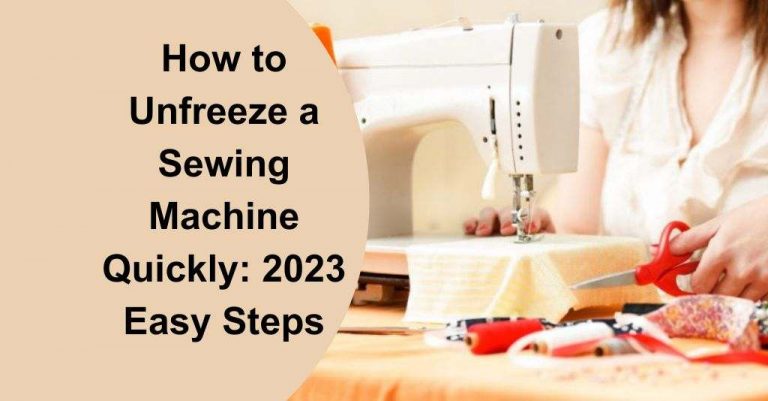
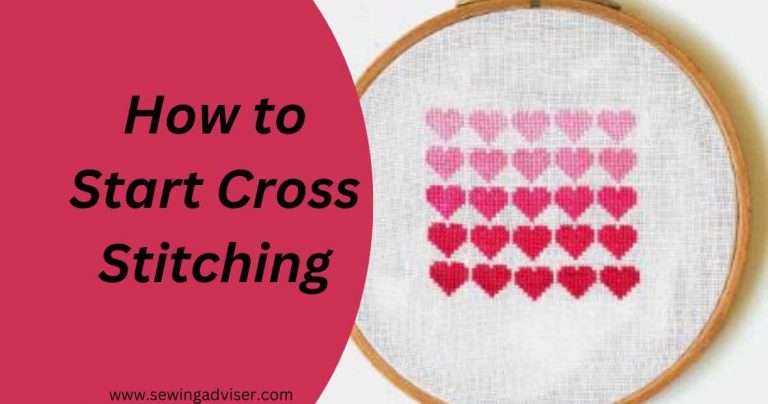
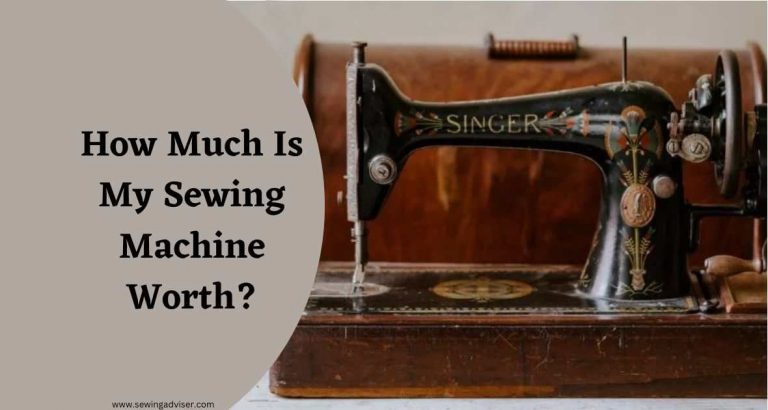
17 Comments